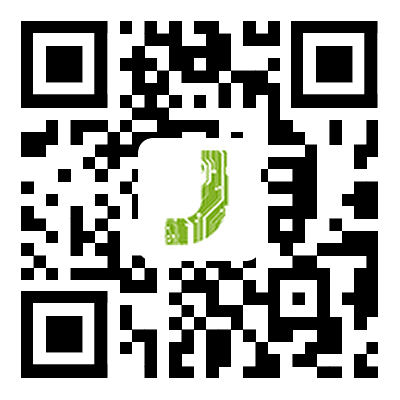 English
English-
 English
English -
 Español
Español -
 Português
Português -
 русский
русский -
 Français
Français -
 日本語
日本語 -
 Deutsch
Deutsch -
 tiếng Việt
tiếng Việt -
 Italiano
Italiano -
 Nederlands
Nederlands -
 ภาษาไทย
ภาษาไทย -
 Polski
Polski -
 한국어
한국어 -
 Svenska
Svenska -
 magyar
magyar -
 Malay
Malay -
 বাংলা ভাষার
বাংলা ভাষার -
 Dansk
Dansk -
 Suomi
Suomi -
 हिन्दी
हिन्दी -
 Pilipino
Pilipino -
 Türkçe
Türkçe -
 Gaeilge
Gaeilge -
 العربية
العربية -
 Indonesia
Indonesia -
 Norsk
Norsk -
 تمل
تمل -
 český
český -
 ελληνικά
ελληνικά -
 український
український -
 Javanese
Javanese -
 فارسی
فارسی -
 தமிழ்
தமிழ் -
 తెలుగు
తెలుగు -
 नेपाली
नेपाली -
 Burmese
Burmese -
 български
български -
 ລາວ
ລາວ -
 Latine
Latine -
 Қазақша
Қазақша -
 Euskal
Euskal -
 Azərbaycan
Azərbaycan -
 Slovenský jazyk
Slovenský jazyk -
 Македонски
Македонски -
 Lietuvos
Lietuvos -
 Eesti Keel
Eesti Keel -
 Română
Română -
 Slovenski
Slovenski
Common methods of PCB inspection
2024-08-06
The role of PCB testing is to verify the rationality of PCB design, test the production defects that may occur during the production process of PCB boards, ensure the integrity and availability of products, and improve the yield rate of products.
Common PCB testing methods:
1. Automatic Optical Inspection (AOI)
AOI usually uses the camera on the equipment to automatically scan the circuit board to test the quality of the board. AOl equipment looks high-end, atmospheric, and upscale, but the defects are also obvious. It usually cannot identify defects under bundles.
2. Automatic X-ray Inspection (AXI)
Automatic X-ray Inspection (AXI) is mainly used to detect the inner layer circuits of PCB, and is mainly used for testing high-layer PCB circuit boards.
3. Flying probe test
It uses the probe on the device to test from one point to another on the circuit board when ICT power is required (hence the name "flying probe"). Since no custom fixture is required, it can be used in the test scenarios of PCB quick boards and small and medium batch circuit boards.
4. Aging test
Normally, the PCB is powered on and subjected to extreme aging tests in extremely harsh environments permitted by the design to see if it can meet the design requirements. Aging tests generally take 48 to 168 hours.
Please note that this test is not suitable for all PCBs, and aging testing will shorten the service life of the PCB.
5. X-ray detection test
X-ray can detect the connectivity of the circuit, whether the inner and outer layers of the circuit are bulging or scratched. X-ray detection tests include 2-D and 3-D AXI tests. The test efficiency of 3-D AXI is higher.
6. Functional Test (FCT)
Usually simulates the operating environment of the product under test and is completed as the last step before final manufacturing. The relevant test parameters are usually provided by the customer and may depend on the final use of the PCB. A computer is usually connected to the test point to determine whether the PCB product meets its expected capacity
7. Other tests
PCB contamination test: used to detect conductive ions that may exist on the board
Solderability test: used to check the durability of the board surface and the quality of solder joints
Microscopic section analysis: slice the board to analyze the cause of the problem on the board
Peel test: used to analyze the board material peeled off from the board to test the strength of the circuit board
Floating solder test: determine the thermal stress level of the PCB hole during SMT patch soldering
Other test links can be carried out simultaneously with the ICT or flying probe test process to better ensure the quality of the circuit board or improve the efficiency of the test.
We generally comprehensively determine the use of one or several test combinations for PCB testing based on the requirements of PCB design, use environment, purpose and production cost to improve product quality and product reliability.



